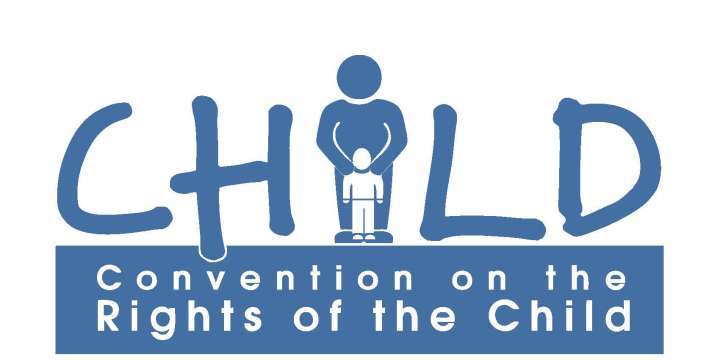As a State Party to the Convention on the Rights of the Child and the Optional Protocols on the sale of children, child prostitution and child pornography, and on the involvement of children in armed conflict, in line with Article 44 of the Convention, the Republic of Serbia is obligated to provide the Committee on the Rights of the Child, which monitors the application of the Convention, with an initial and periodic reports on the application of the Convention and the Optional Protocols, and the respect of guaranteed rights of the child. On 3 February 2017, the Committee on the Rights of the Child adopted its Concluding Observations on the second and third periodic reports on the application of the Convention on the Rights of the Child in Serbia, which present a list of questions and problems Serbia must work on in the coming period. The aim of this is to improve the rights of children in Serbia and for the country to meet the conditions it accepted by ratifying the Convention and the Optional Protocols. Prior to the adoption of the Concluding Observations, there was a review of the reports and supplementary information provided by the Serbian government, while alternative reports submitted by civil society organizations were also analyses. In addition, a session for oral questioning was held on 24 January 2017.
With regards to the report’s section on the position of unaccompanied or separated children of refugees and asylum seekers in Serbia, the Committee emphasized both Serbia’s efforts in improving the conditions in reception centres and adjusting the protection system to include the needs of these children, and its shortcomings in the implementation of these changes. Primarily, the Committee pointed out that the Asylum Act does not adequately address specialized treatment of children of refugees and asylum seekers. In addition, it does not ensure a proper procedure for the identification of these children, nor is there an adequate amount of translators in border regions, which heightens the risk that unaccompanied children entering the state’s territory are not always recognized as such. The Committee also addressed the long waiting times before legal representatives and guardians are assigned, as well as the lack of adequate accommodation for unaccompanied or separated children in asylum centres as these centres do not have the capacity nor the human resources to provide effective care 24/7. Furthermore, the Committee noted that some unaccompanied and separated children are re-entered into the process of readmission without proper appraisal of what is in the child’s best interest, and without informing the child of its right to seek asylum in a language it understands.
After establishing the system’s shortcomings, the Committee on the Rights of the Child gave several recommendations for improvement regarding the legal protection of unaccompanied or separated children of refugees and asylum seekers in Serbia. Firstly, a fair and efficient asylum procedure must be established that takes the position of children into account, both in theory and in practice, which would systematically identify unaccompanied or separated children and provide them with the necessary protection and support; this would also entail possible amendments to legislation, including the Asylum Act. Secondly, the Committee recommends that Serbia ensures the full inclusion of unaccompanied or separated children of refugees and asylum seekers into the current child protection system. This would entail providing accommodation in a foster family or an institution befitting the child’s age, sex/gender, and needs, in line with what is deemed in the best interest of every individual case, as well as ensuring specialized services for children with emotional, psychological, and behavioral issues. Thirdly, it is recommended that Serbia properly informs all children of refugees and asylum seekers of their rights and duties, the asylum procedure and the services available to them so as to counter their possible residence outside of official centres as a result of a fear of deportation. The necessary steps should also be taken to ensure that unaccompanied children do not end up in trafficking networks. Fourthly, the Committee advises Serbia to fully respect the non-refoulement principle and to facilitate children’s access to the asylum process if they are in need of international protection in line with articles 6, 22 and 37 of the Convention. And finally, Serbia is advised to provide children residing on its territory with the right to apply for citizenship, regardless of the legal status of their parents.
Even though the Committee’s recommendations are not legally binding, they help member states in fulfilling their obligations regarding the Convention on the Rights of the Child.
The Concluding Observations on the second and third periodic reports on the application of the Convention on the Rights of the Child in the Republic of Serbia are available in English here.
